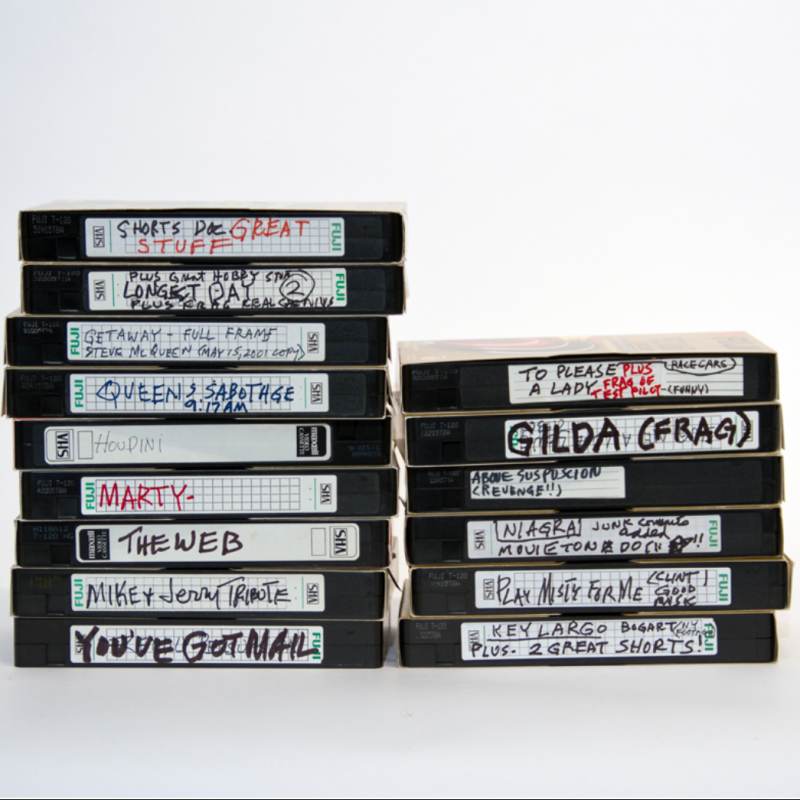Looking into the work of Julia Christensen, I get as a first impression the research and scientific sense that dominates the art-work. But the more I get deep into her projects, the more it touches me, creating a sudden awareness of my presence in this world, connecting me with a wider and more tangible circle that has to do with my understanding of the future, of my continuous desire in saving memories, trying to answer what culture of consumerism did I belong to?
What would be your reaction after seeing a fold of electronics and mountains of discarded devices thrown away because it’s either not working anymore, or it’s just out of date?
Upgrade Available is a long term research-based art project that started after Christensen unexpectedly visited a landfill of e-waste in India in 2012. It’s a series of works that include photography, large-scale installations, and archived materials. It has been recently published as a book under the same title which included the work in chapters alongside essays written by Christensen in addition to conversations with other artists and archivists that are connected to the topic.
Did you ever think about where your old mobile phone ends up? Do you still keep it? For how long would it survive in your closet? Would you be able to operate it after a decade from now?
Those are questions that arise in Christensen’s work, Burnouts, one of the projects included in Upgrade Available, in which she finds an answer by communicating with her neighborhood community and artists, getting into conversations with them related to the culture of throwaway, and their habits in updating their electronic devices. She tries to explain what surprised her in 2012 in India, by understanding the habits of consuming technology we grow up into, and that would badly affect the future of this world we are living in.
It is an installation that is made of five sculptural video projectors that are built of discarded iPhone devices and projectors’ lenses and mirrors. It reuses the iPhone devices as the main light source for projecting the retired night sky maps that are no longer available, probably for light pollution. Those iPhones were installed in a 3D printed white cube where the audience can watch the projections on the ceiling of the gallery/exhibition space. She has recently exhibited it differently at the ArtCenter College of Design in Pasadena in which the projections of the retired constellations are screened through the discarded tablets and mobile phones’ screens. One of the other works included in “Upgrade Available” is a series of photographs developed between 2014 and 2019, Technology Time, Smart Buildings, and Hard copy. They document electronics in three different forms; discarded laying in a landfill, archived in the context of art, and stored in a basement or a drawer awaiting the new update to be replaced with.
Three forms of the same electronic devices and tools could be DVDs, mobile phones, hard disks, HVS tapes that pass by a different life cycle or destination.
Although discarded, it’s visually appealing to look at. The photos show the tiny broken metallic and plastic pieces laying together on a shelf or inside a huge bag after being sorted out awaiting their next destination. Looking at the photos beside each other would fill your eyes with colored brushstrokes as if it’s a painting from the impressionist school of art, while the other photographs from Hard Copy show the piled up HVS tapes with colored handwritten of some titles and song recordings that will hit you once you read it with some nostalgic memories from the time before the internet. When these series of works were recently exhibited at ArtCenter, it was installed on 3 different walls that are aligned. Each series of work lay together on a separate wall, allowing you to reflect and compare the different lifecycle of electronics.
What I found remarkable about Christensen’s work is the self-reflection that it encourages in relation to our own experience of time and upgrade culture, as she calls it. The work is an invitation to artists, as practitioners as much as consumers, to rethink how they legitimize their usage and consumption of technology while producing art. One can say that it’s not only in art production but also in the way artists preserve and archive their work, data, and research that operates digitally for almost all disciplinaries, and that will need us to think for how long we would be able to operate it and get access to our data within the unstoppable desire of upgrade.
To view the project, Please visit The website of Artcenter College of Design in Pasadena, where Christensen had her recent exhibition (September 17 – December 20, 2020). It was closed to the public due to Covid19 restrictions, but they have made amazing virtual documentation and tour that would take you through all the works of Upgrade Available.
